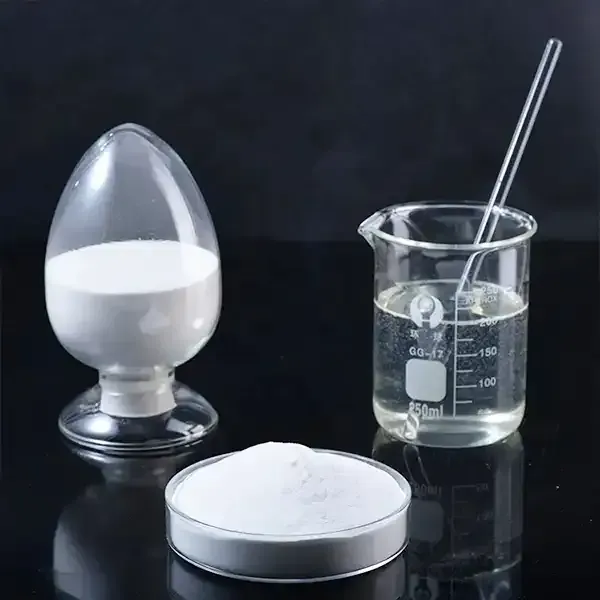Hydroxyethyl Cellulose An Overview of Its Properties and Applications
Hydroxyethyl cellulose (HEC) is a non-ionic water-soluble polymer derived from cellulose, which is one of the most abundant biopolymers on Earth. It is synthesized through the chemical modification of cellulose, involving the reaction of ethylene oxide with the hydroxyl groups present in cellulose molecules. HEC has garnered significant attention in various industries due to its unique properties, making it a versatile additive in applications ranging from pharmaceuticals to personal care products.
Properties of Hydroxyethyl Cellulose
One of the defining characteristics of HEC is its ability to dissolve in water, forming a viscous solution. This property is largely attributed to the presence of hydroxyethyl groups, which enhance the polymer's solubility and provide compatibility with various solvents. HEC does not alter the pH of formulations and remains stable over a wide range of pH levels, which makes it an ideal thickening agent in many applications.
Moreover, HEC exhibits excellent film-forming capabilities, which are particularly beneficial in the formulation of coatings and adhesives. The polymer also provides good lubricating properties and can enhance the texture of products. Its stability includes resistance to microbial degradation, which is essential for products requiring a longer shelf life.
Applications of Hydroxyethyl Cellulose
hydroxyethyl cellulose

HEC is used extensively in the pharmaceutical industry. It serves as a thickening and suspending agent in liquid formulations and is commonly found in oral, topical, and ophthalmic preparations. Its gel-forming ability aids in controlling the release of active ingredients, thus improving the bioavailability of medications. Additionally, HEC is utilized in tablet formulations, enhancing the flow and compression properties of powders.
In the personal care sector, hydroxyethyl cellulose is a popular ingredient in cosmetics and skincare products. It acts as a thickener in lotions, creams, and gels, contributing to a desirable texture and consistency. HEC is also used in hair care products, such as shampoos and conditioners, where it helps improve the viscosity and application properties. Its non-toxic nature and compatibility with various ingredients make it suitable for sensitive skin formulations.
The construction industry has also recognized the value of hydroxyethyl cellulose, particularly in cement-based products. It acts as a water-retentive agent, ensuring that the mixture retains enough moisture throughout the application process, leading to improved workability and adhesion. This property is crucial in the formulation of tile adhesives, plasters, and paints, where a smooth application and bonding strength are desired.
In addition, HEC is gaining traction in the food industry as a thickener and stabilizer. It can improve the texture of sauces, dressings, and dairy products, providing a creamy mouthfeel while maintaining product stability. Its use in food applications is supported by its non-caloric nature and ability to function at low concentrations.
Conclusion
Hydroxyethyl cellulose is a multifunctional polymer with a wide range of applications across various industries. Its unique properties, including water solubility, film-forming ability, and resistance to microbial degradation, position it as an essential ingredient in pharmaceuticals, personal care, construction, and food products. As industries continue to seek natural and effective additives, the demand for HEC is expected to grow, paving the way for innovative applications and formulations. Its versatility and compatibility with numerous substances make HEC a valuable compound in developing products that enhance user experience and performance.
-
HEC 100000 Hydroxyethylcellulose for Paint | Superior ThickeningNewsAug.30,2025
-
Wall Putty Rdp Powder Packaging DesignNewsAug.29,2025
-
Introduction to Hpmc Hydroxypropyl Methyl CellulosNewsAug.29,2025
-
Hpmc Industri Grade IntegrationNewsAug.29,2025
-
How to Choose the Right Construction AdhesiveNewsAug.29,2025
-
Construction Adhesive StrengthNewsAug.29,2025




